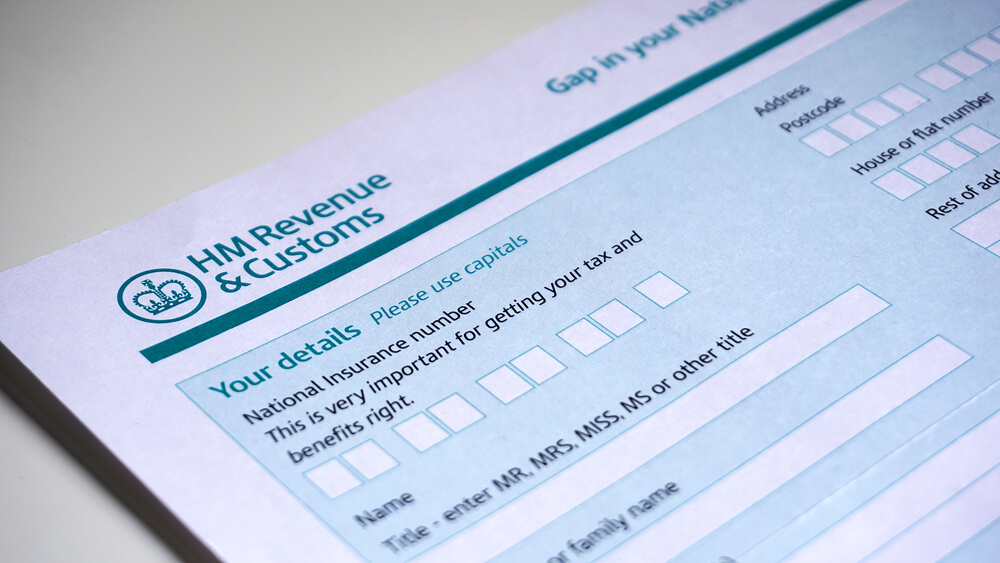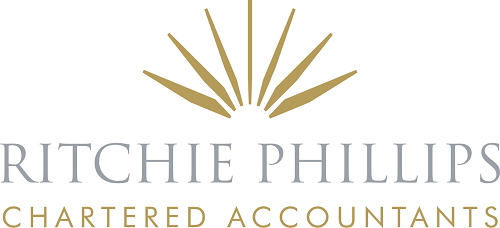As the end of the tax year approaches, it is worth taking the time to ensure you have taken advantage of all the reliefs and exemptions available to your circumstances and made the most of any tax planning opportunities.
With this in mind, over the next couple of months, we’ll be writing a series of posts about the most popular tax planning ideas to consider at this time of year. We’re going to start the series with an overview of optimising your personal marginal income tax rate and how to make the most of making charitable donations.

Income tax planning
Your marginal income tax rate
There are a number of tax thresholds that can make a real difference to your tax liability each year. They are:
a) Tax free income of up to £12,500
Every individual can have tax free income of up to the personal allowance of £12,500 in 2019/20. If this allowance has not been used, consider transferring or splitting ownership of income producing assets or putting savings in joint names. Alternatively, could your business justify the payment of a salary to your spouse, civil partner or your children to use up the personal allowance?
b) Effective tax rate of 15% on income of £50,000
Every individual also has a basic rate band of £37,500 in 2019/20 where income is taxed at 20%. When combined with the personal allowance, your tax liability is £7,500 on the receipt of £50,000 of income, which is a relatively low effective tax rate of 15%.
c) The marginal 60% income tax rate
For those individuals with incomes over £100,000, the personal allowance is progressively withdrawn by £1 for every £2 of income. This results in an effective 60% marginal income tax rate on incomes between £100,000 and £125,000.
If your income is in this range, you should consider taking action to reduce your taxable income such as making in year pension contributions or Gift Aid donations, or investing in tax efficient investments under EIS, SEIS or VCT.
Alternatively, you may be able to arrange the receipt of your income so that you have no or little income in this income range by either advancing or deferring the receipt of income to earlier or subsequent tax years.
Gift Aid for Charity Donations

Gift Aid remains one of the most effective ways to give money to charity and at the same time get a tax deduction for the amount given at your marginal rate of tax.
This is therefore a valuable relief for gifts to charities: the gift is made out of the donor’s taxed income and the charity benefits by claiming basic rate tax on the value of the gift. Higher rate taxpayers can claim extra tax relief of 20% and additional rate taxpayers 25% of the gross value of the gift.
For example, on an £80 donation to charity, the grossed up gift is £100 as the charity can claim back the basic rate tax of £20. As a higher rate taxpayer, you can claim back a further £20 making the net cost to you just £60. If you are an additional rate taxpayer, you can claim back £25 making the net cost to you £55.
There is no cap on the amount which can qualify for Gift Aid relief, provided the donor has paid sufficient tax during the tax year to cover the charity’s reclaim from HMRC.
The alternative to Gift Aid – gifts of assets to charity
Gifts of assets in specie to charity are generally more tax efficient than cash gifts under Gift Aid, particularly where the assets are standing at a gain over their original cost.
Income Tax relief is available on the market value of the asset gifted to charity against your total income. In addition, the asset is deemed to be sold at no gain or no loss such that there is no capital gains tax liability.
Only specific types of asset quality for this tax relief.
If you’d like to know more about end of year and income tax planning, please feel free to get in touch today.
